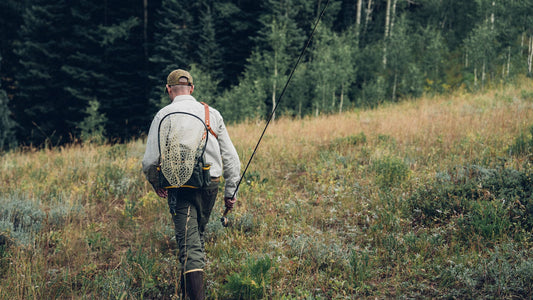
Working Wool
If ever there was a fiber that deserved to be touched, it would be wool. The feel of wool speaks volumes about its wearability and performance. Close your eyes and the difference between a high-performing and low-performing wool is tangible.
You may have noticed we've recently been tossing around this term "working wool." We think it really captures the essence of a quintessential Best Made fiber. So what the hell is it?
Working Wool™ is not luxury-level soft. It's not cashmere, it's not lambswool, it's not merino. But trust us—that's a good thing.
Working Wool comes from breeds that thrive on Scottish moors, Wyoming mountain sides, and windswept coastal islands—sheep selected not for the softness of their fleece but for their ability to survive brutal conditions. Shetland sheep, for instance, have weathered North Atlantic gales for over a thousand years. Their wool evolved to shed rain, trap warmth, and resist the constant abrasion of heather and rock.
This is wool with a job to do. The individual fibers are thicker—what experts call "micron count"—which makes them inherently stronger and more resilient. That coarseness you feel? It's the fiber's structure creating tiny air pockets that trap warmth without weight. It's crimp and texture that let the wool spring back from compression instead of pilling and matting. It's natural lanolin that helps shed water and resists dirt.
The softness of merino or cashmere comes from incredibly fine fibers, which makes them prone to pilling, snagging, and wearing through at stress points. They feel luxurious precisely because they're delicate. Working Wool feels substantial because it is. This is a fiber you can trust.


